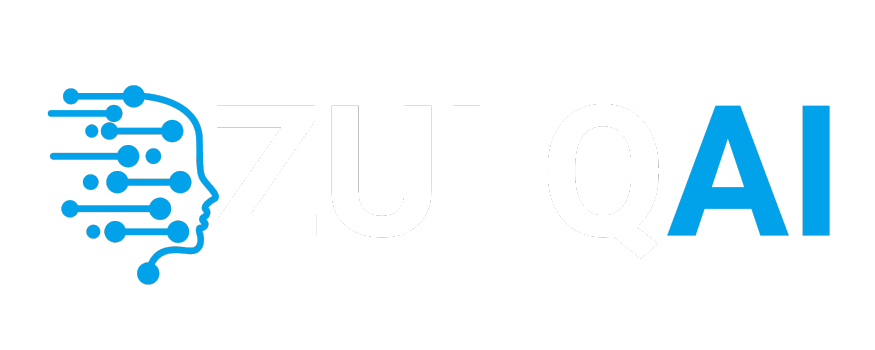Continous State Applications
A continuous state application means that the state of a system can take any value within a range, instead of being limited to a set of fixed values.
Analogy: Driving a Car 🚗
Imagine you’re driving a car:
- Position: You can be at any point on the road (not just at fixed spots like “A”, “B”, or “C”).
- Speed: You can drive at any speed like 30.2 km/h, 45.7 km/h, or 60.3 km/h, instead of just fixed speeds like 30, 40, or 50 km/h.
Continuous vs. Discrete State
- Continuous State (like real-world physics 🌎)
- Example: The temperature in a room can be 20.1°C, 20.2°C, or 20.3°C (infinite possibilities).
- In Reinforcement Learning (RL), the agent deals with smooth changes in state.
- Example in AI: A robot learning to balance itself must adjust angles like 15.23° or 15.24°, not just 15° or 16°.
- Discrete State (like a board game 🎲)
- Example: A chessboard has only 64 squares where a piece can be.
- RL in discrete environments uses fixed steps like “Move Left,” “Move Right,” etc.
- Example in AI: A grid-based game where the agent moves between fixed positions.
Why is Continuous State Important?
- Most real-world applications (robotics, self-driving cars, stock market prediction) involve continuous states.
- RL algorithms like Deep Q-Networks (DQN) struggle with continuous states, so we use Deep Deterministic Policy Gradient (DDPG) or PPO.

